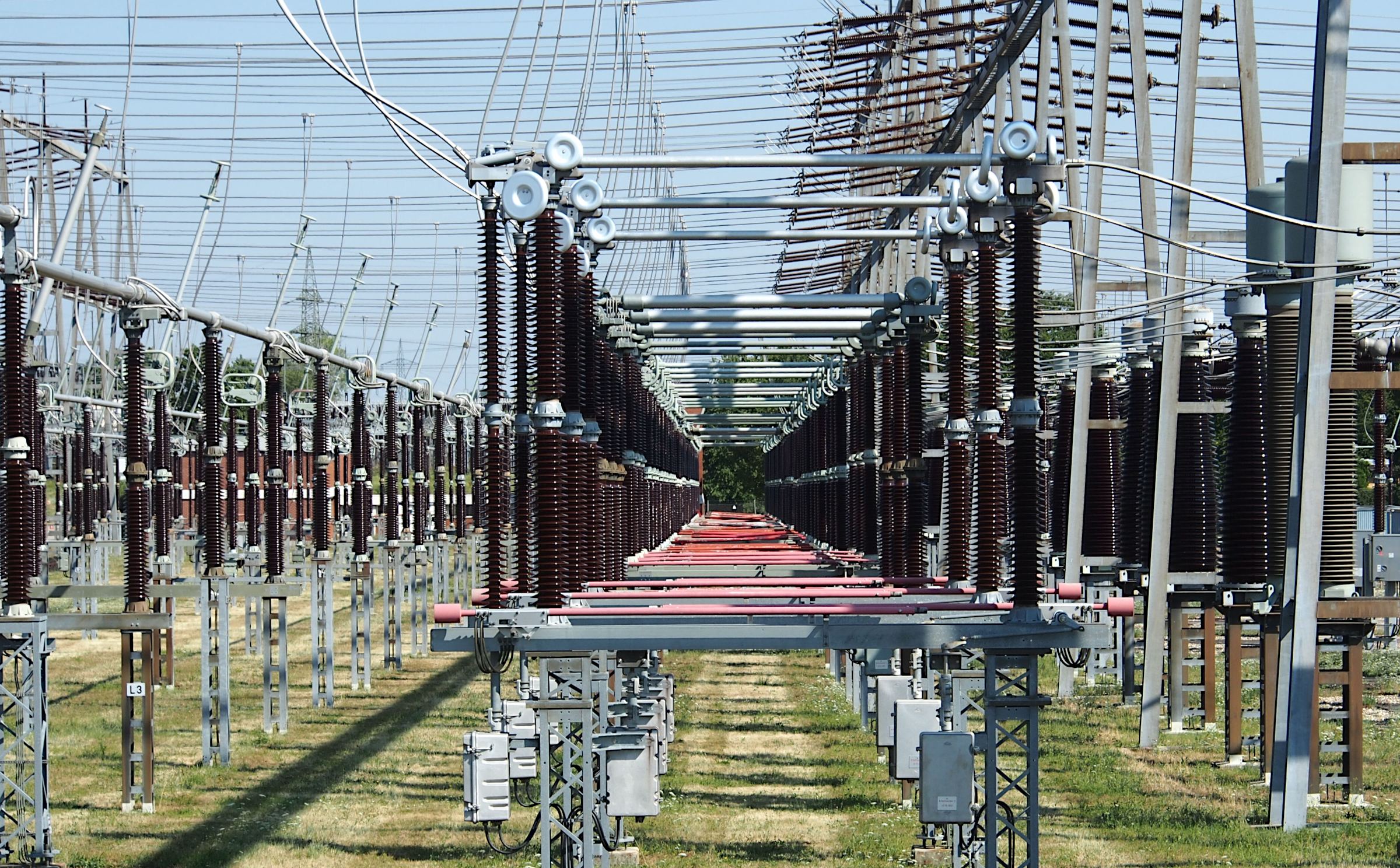INFLUENCE OF EMBEDDED-BEAM GEOMETRY ON SEISMIC PERFORMANCE OF DOUBLE-SKIN COMPOSITE SHEAR WALL (DSCSW) H-SECTION BEAM CONNECTIONS: A PARAMETRIC FINITE-ELEMENT STUDY
Keywords:
DSCSW, embedment length, embedment height, hysteresis, finite element, seismic designAbstract
This study investigates the seismic performance of double-skin composite shear wall (DSCSW) connections with embedded H-section steel beams, focusing on the influence of embedment length and height. Thirteen nonlinear finite-element (FE) models were developed and analyzed in ABAQUS, validated against existing experimental results. Two parametric groups were studied: (i) varying embedment length (SL-series: 300–700 mm), and (ii) varying embedment height (SH-series: 250–500 mm). Results showed that increasing embedment length from 300 mm to 700 mm enhanced peak bearing capacity by 21.6% and cumulative energy dissipation by 27.8%, with SL-2 (500 mm length) and SL-4 (600 mm length) providing the most stable hysteretic loops. Conversely, excessive embedment height (500 mm) increased stiffness but reduced ductility, leading to brittle shear failure. The optimal embedment height was 350 mm (SH-2), yielding a 15.4% higher energy dissipation and delaying stiffness degradation by two loading cycles compared to SH-1. Skeleton curve analysis confirmed that plastic hinge formation shifted outward with increased embedment, improving rotation capacity. Overall, parametric results provide quantifiable design guidance: embedment lengths of 500–600 mm and embedment heights of 300–350 mm balance strength, ductility, and energy dissipation, offering a seismic design recommendation for DSCSW–H-beam connections.















